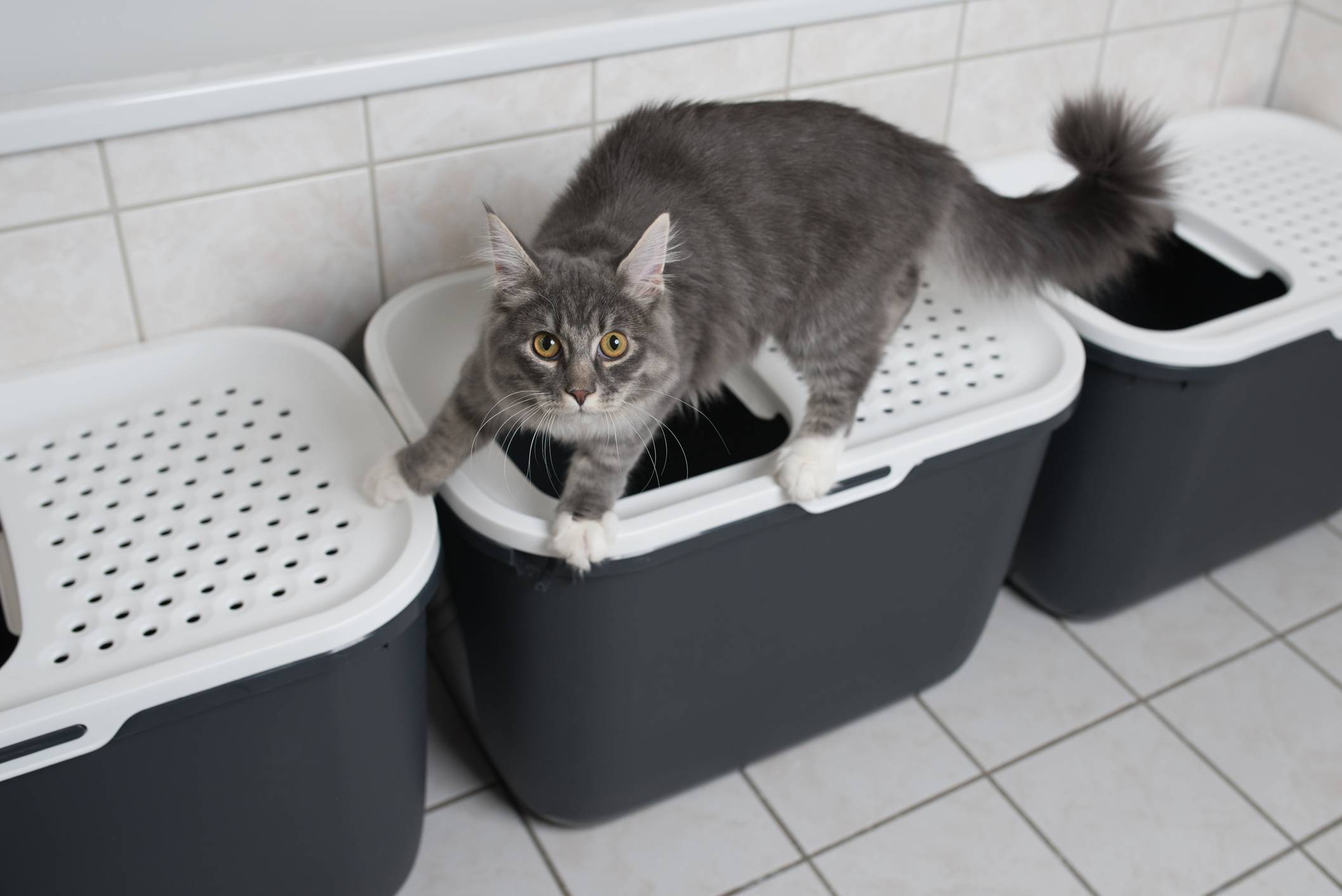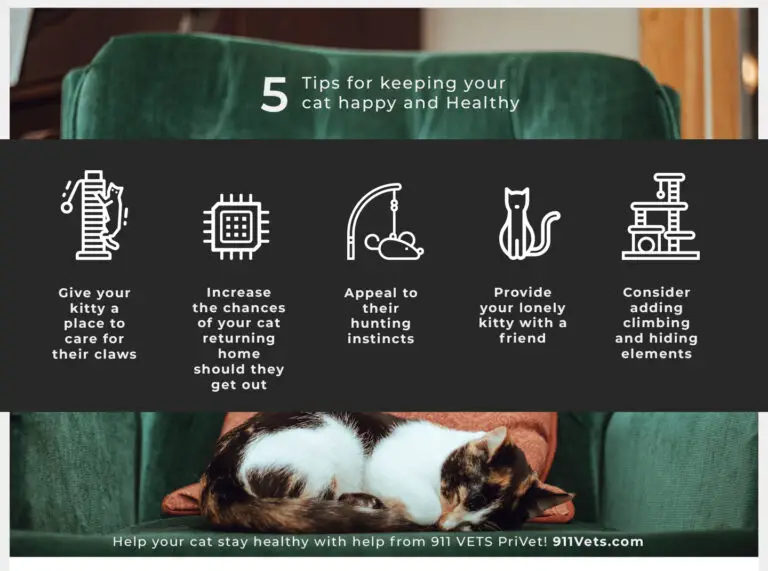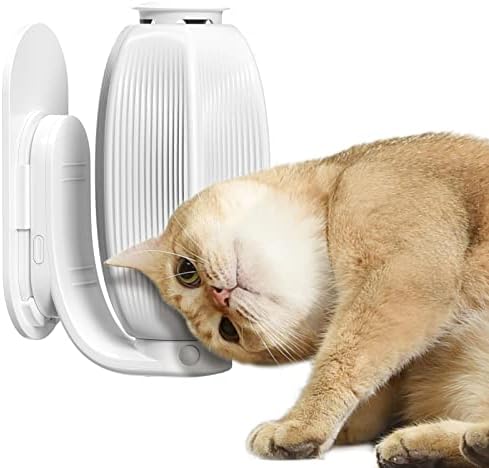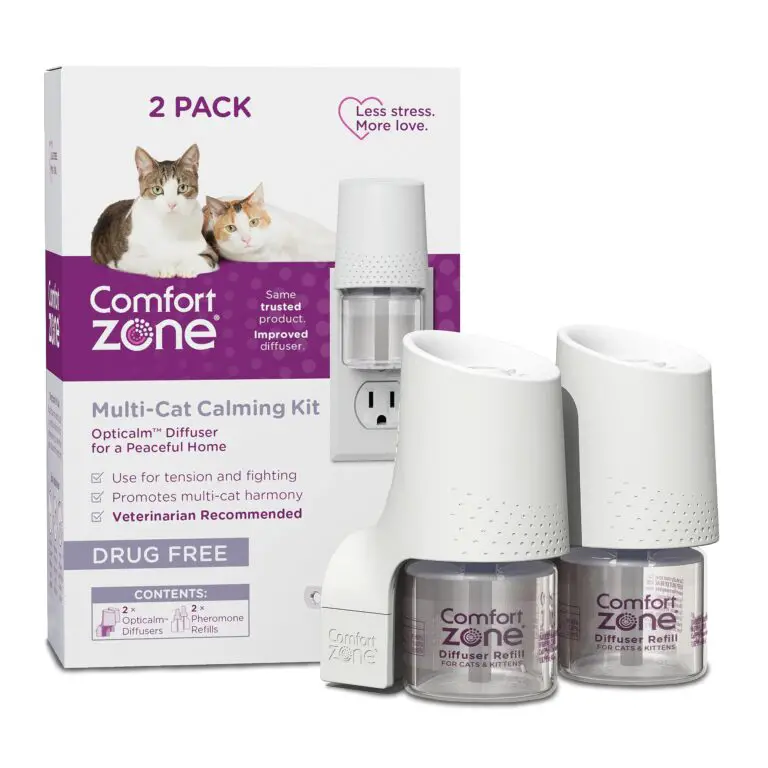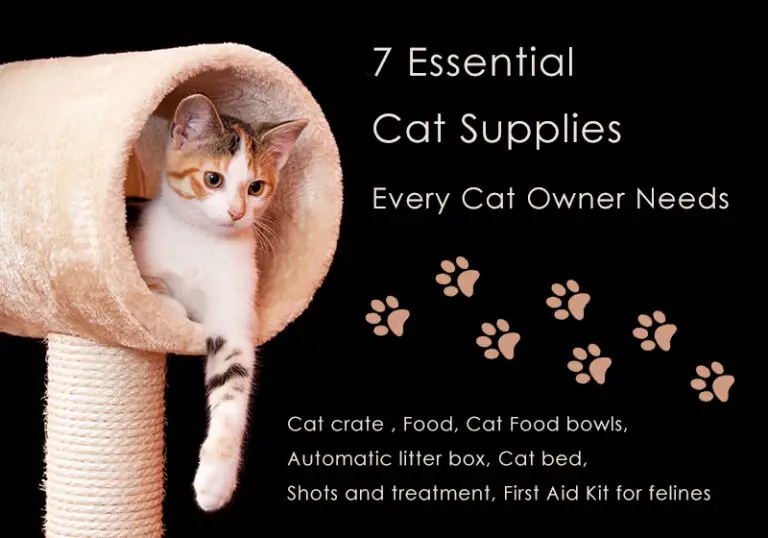Essential Litter Box Installation and Placement Tips for Happy Cats and Owners
Cat companionship brings a whirlwind of joy and love to your home, but with it comes the necessity of the litter box—a crucial component of your feline’s comfort and well-being. The right litter box, placed thoughtfully in your home, can make a world of difference in your cat’s life, as well as in your own. This guide is designed to help you understand the essentials of selecting, placing, and maintaining your cat’s personal space, ensuring a harmonious cohabitation for you both.
Choosing the Right Litter Box
A Box for All Cats: Different Types and Their Uses
Litter boxes come in all shapes and sizes, from the basic open pan to the high-tech automatic self-cleaning box. Which one is right for your cat?
- Open Litter Pans: These are the most standard, cost-effective, and versatile option, suitable for cats of all sizes and ages. They’re also the easiest to clean.
- Covered or Enclosed Boxes: These provide privacy and help contain odors. Cats that prefer privacy often favor these, but they can be too confining for larger cats or those who experience territorial anxiety.
- Automatic Litter Boxes: Great for busy owners, these boxes self-rake or self-scoop waste after your cat uses it. They come with a higher price tag but can cut down on maintenance time.
- Top-Entry Boxes: Effective at reducing litter tracking and spills, a top-entry box requires your cat to jump in and out, so it’s not ideal for cats with mobility issues or those who don’t like to be confined.
Factors to Consider
When it comes to choosing the right box, there are several important factors to consider:
- Litter Box Size: Your cat should be able to turn around comfortably without touching the sides of the box. It should be one-and-a-half times the length of your cat, so these spaces are usually too large to be satisfied by disposable or small, hooded boxes, but not oversized boxes either.
- Number of Cats: The rule of thumb is one box per cat, plus one extra. Cats are territorial and can be picky about hygiene, having options can reduce conflicts and promote cleanliness.
- Cat Age and Health: Older cats may have arthritis or other mobility issues, so they may prefer a box with low sides for easier access. For kittens, use a box with sides low enough for them to step into without difficulty.
- Litter Box Location: The location of the litter box can also influence the type you choose. For example, if there’s not a lot of space, a covered box could fit more easily than an open pan, or you might need a top-opening box if you have issues with dogs or small children ‘helping’ with waste removal.
Ideal Placement of Litter Boxes
The Importance of Location for Cat Comfort and Use
Cats are fastidiously clean animals. Proper placement of their litter boxes is crucial for their well-being and for them to relieve themselves comfortably.
- Private but Accessible: Cats prefer a quiet, secluded location for their litter box, but it should still be easily accessible. Private places reduce stress and make cats feel secure while they’re doing their business.
- Not Next to Their Food: Instinctively, cats don’t like to eat near where they eliminate. Keep their food and water bowls in a separate, distant area.
- Multiple Levels and Exits: Cats feel vulnerable when in their most exposed position in a litter box. Providing a box with an alternative exit to provide secondary escape for your cat.
Tips for Finding the Best Locations
- Observe Your Cat’s Habits: Set the box in an area where your cat seems most comfortable and safe.
- Away from Appliances: Keep the box away from washing machines, dryers, and furnaces that can make loud, sudden noises or movement, which might scare your cat away from using the box.
- Accessibility Is Key: Place the box where it is easily accessible, especially for senior cats who may not be as agile.
Steps for Proper Litter Box Installation
Guidelines for a Trouble-Free Litter Box Setup
When you have chosen your box and its location, it’s time for the set-up.
- Assemble and Place the Box with Care: Ensure the box is stable and won’t move or tip over when your cat uses it.
- Line the Bottom with Litter: Use enough litter to cover the bottom of the box with about one inch. Don’t overfill—some cats dislike litter touching their underside.
Common Mistakes to Avoid
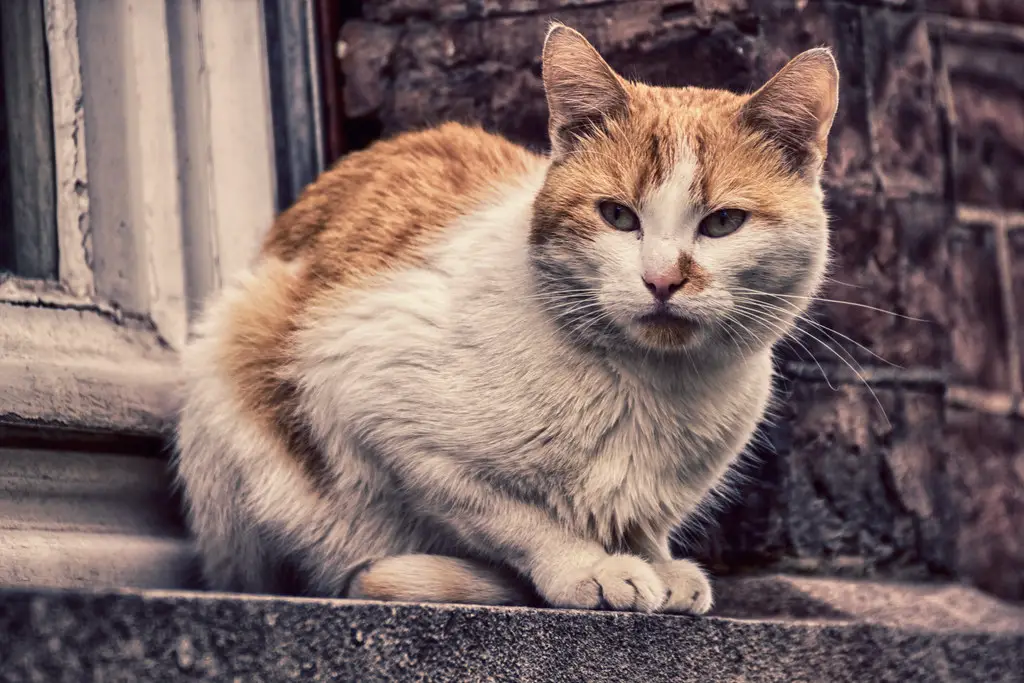
Pitfalls in Litter Box Planning
Here are some mistakes many cat owners make when setting up their litter box and how to avoid them:
- Too Few Boxes or Too Many Cats: Ensure there are enough boxes for the number of cats you have. It’s essential that every cat has access to a litter box without having to ‘wait their turn’.
- Covered Box Is Not Regularly Cleaned: If you opt for a covered box, ensure you clean it more often than you would an open box, as enclosed spaces can harbor odors and bad experiences.
- Choosing for Aesthetics Over Function: While a litter box is certainly a part of your home decor, remember to prioritize its use over how well it matches your furniture.
Litter Box Maintenance Tips
How to Keep Mr. Whiskers’ Facility Fresh
Regular maintenance is essential to keep your cat’s litter box clean and inviting.
- Scoop Daily: Scoop waste at least once a day, and change the litter frequently. Daily cleaning reduces the chances of accidents or your cat being put off by a dirty box.
- Thorough Clean Weekly: Deep clean the box weekly with gentle soap and water, and regular replacements are needed for disposable options.
- Monitor Health: Often, changes in litter box use can be the first sign of health issues. Keep an eye out for changes in habits.
- Odor Control: Use baking soda to control odors, or an unscented, clumping litter to make cleaning up waste easier.
Conclusion
Taking the time to choose the right litter box and place it correctly in your home is an often overlooked yet vital aspect of responsible cat ownership. By following these simple guidelines, you can ensure your feline friend’s health, happiness, and contentment, and maintain a clean and odor-free home environment. Remember, a well-cared-for litter box is a small price to pay for the joy cats bring to our lives.
Now, it’s your turn. What are your best litter box installation and maintenance tips? Share your experiences and advice in the comments, and together, we can create a treasure trove of knowledge for cat lovers around the world.

